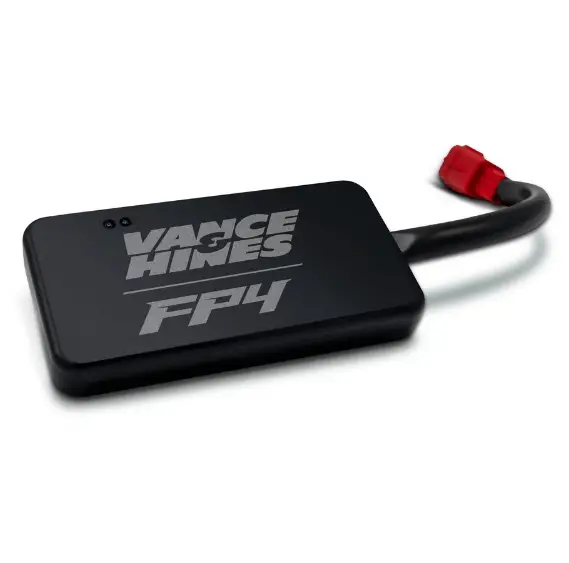Harley Davidson is a name that resonates with motorbike enthusiasts. Known for its distinctive design, powerful engines, and the quintessential “Harley roar,” these motorcycles are a symbol of freedom on the open road. However, like all technology, they are not without their issues. One area that has been a cause of concern for some riders is the Reflex Defensive Rider System (RDRS). So, in this article we’ll break down these common Harley RDRS problems in the name of safety. Ready to get rolling? Let’s go.
What Is The RDRS System?
The RDRS, introduced by Harley-Davidson in their 2020 models, is designed to enhance rider control during unusual situations. It comprises sophisticated technologies like traction control, anti-lock braking system (ABS), and Drag-Torque Slip Control System (DSCS). These systems work in harmony to control engine power and braking based on available traction during acceleration, deceleration, and braking.
More “new-tech” problems: Harley EITMS Problems: Signs, Fixes and More
When Did Harley Implement This?
Harley-Davidson introduced the RDRS as a new feature in the 2020 models. The aim was to bolster rider safety by providing superior control of the motorcycle under different conditions.
Read more: Harley Speed Sensor Symptoms Get Revealed (+Fixed)
Which Models Are Equipped With an RDRS System?
RDRS is available in select 2020-later Harley-Davidson models. Some of these include the Road Glide, Street Glide, and the Electra Glide.
Related:
> Road Glide Problems: A Comprehensive Overview
> Most Annoying Street Glide Problems: Rounded Up (06-19)
> Nasty Electra Glide Problems To Avoid (Glossary)
List of Most Common Harley RDRS Problems
Despite its innovative intent, RDRS has been a source of various problems for riders. These issues can range from malfunctions in the traction control and vehicle hold control (VHC) to complications when trying to modify or tune the bike.

- Traction Control Malfunctions: Some riders have reported that the Traction control light stays on continuously, which can signal a malfunction in the system.
- Vehicle Hold Control (VHC) Issues: VHC, often known as Hill Assist, is another feature that can run into problems. Riders have found the ‘H’ for VHC not illuminating, indicating non-functioning of the feature.
- Complications in Bike Modifications: RDRS makes modifying or tuning the bike more complicated, according to some riders. Any alteration to the bike might affect the RDRS system, leading to potential issues.
More tech talk: Harley Davidson Speedometer Not Working? Read This, Trust Me
Can These Problems Be Avoided?
While it may not be possible to entirely avoid these problems, taking some measures can mitigate their occurrence.
- Regular System Checks: Regularly checking the RDRS through the odometer menu diagnostic mode can help detect and reset any fault codes.
- Proper Modifications: If planning to modify the bike, it’s essential to understand the impact on the RDRS system. It’s advisable to consult with a professional or a knowledgeable community.
- Proper Tuning: If tuning the bike, ensure it’s done correctly, keeping the RDRS system in mind. Incorrect tuning can lead to an array of problems, including reduced power output and engine codes.
Related: The Best Harley Davidson Tuner Is Revealed (+5 Alternatives)
What To Do If You Have Ongoing RDRS Problems
If you’re experiencing ongoing RDRS problems, it’s crucial to take the correct steps.
- Consult a Professional: If you’re not confident in diagnosing and fixing the problem yourself, consult a professional mechanic or a Harley-Davidson dealership.
- Join a Community: Joining a Harley-Davidson community can provide valuable insights from fellow riders who have experienced similar issues.
- Record and Clear Codes: Make sure to record any fault codes before attempting to clear them. This information can be instrumental in diagnosing the problem.
Riding a Harley-Davidson is an experience like no other, but like all machines, they can encounter issues. Understanding, diagnosing, and addressing these problems can ensure a smooth ride and keep the Harley roar alive.
Related: Dreaded Harley Freewheeler Problems: Too Much To Handle?